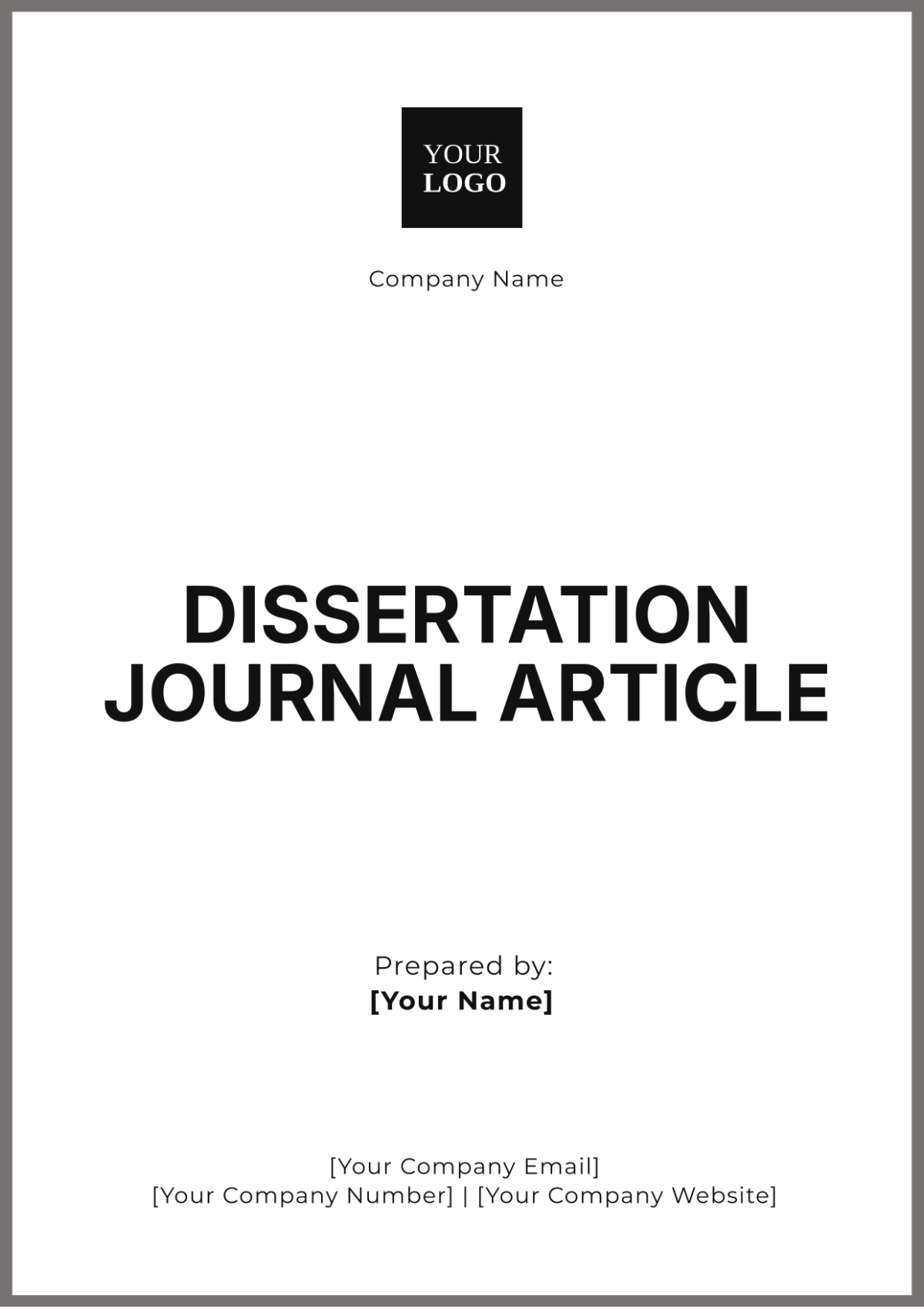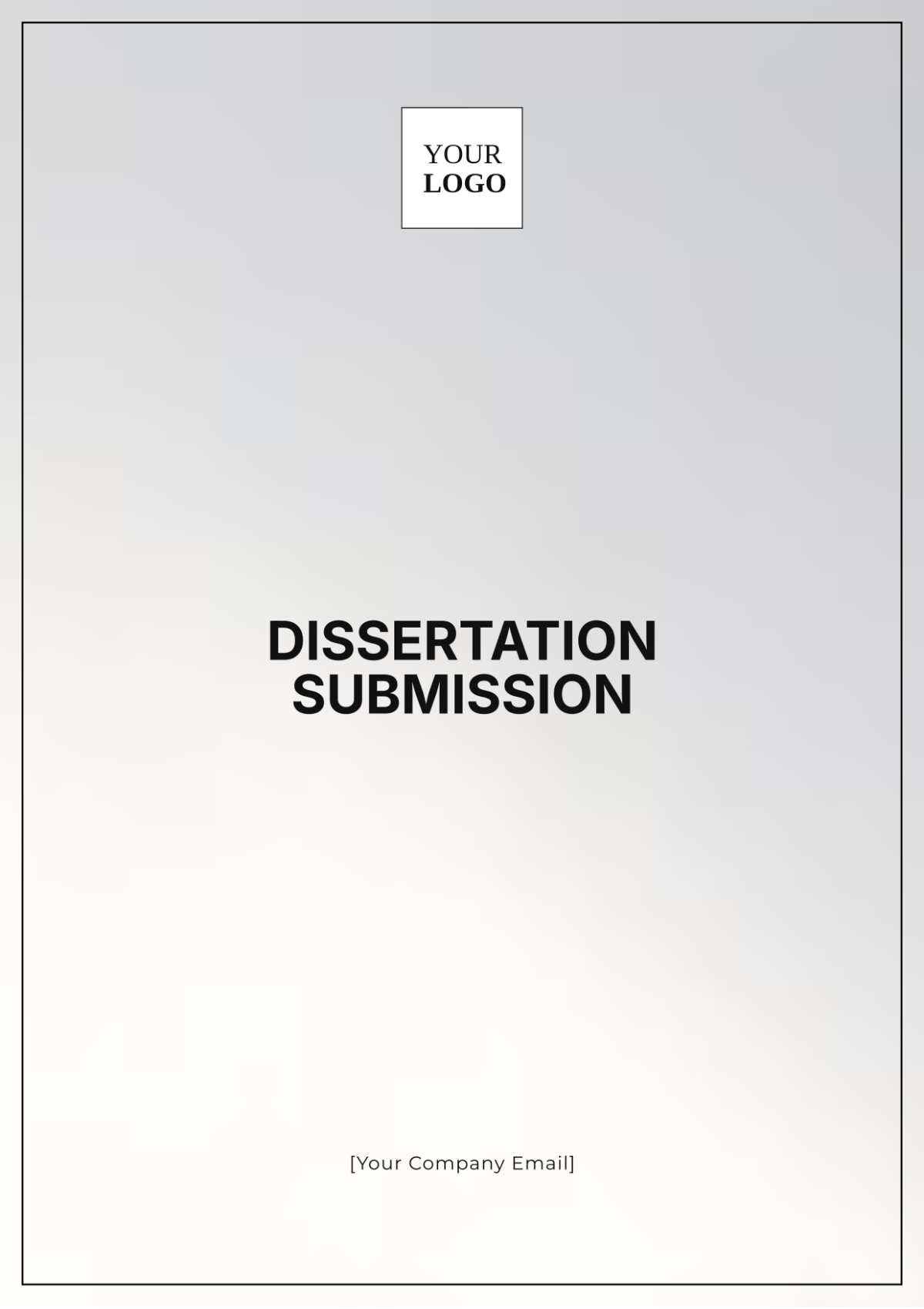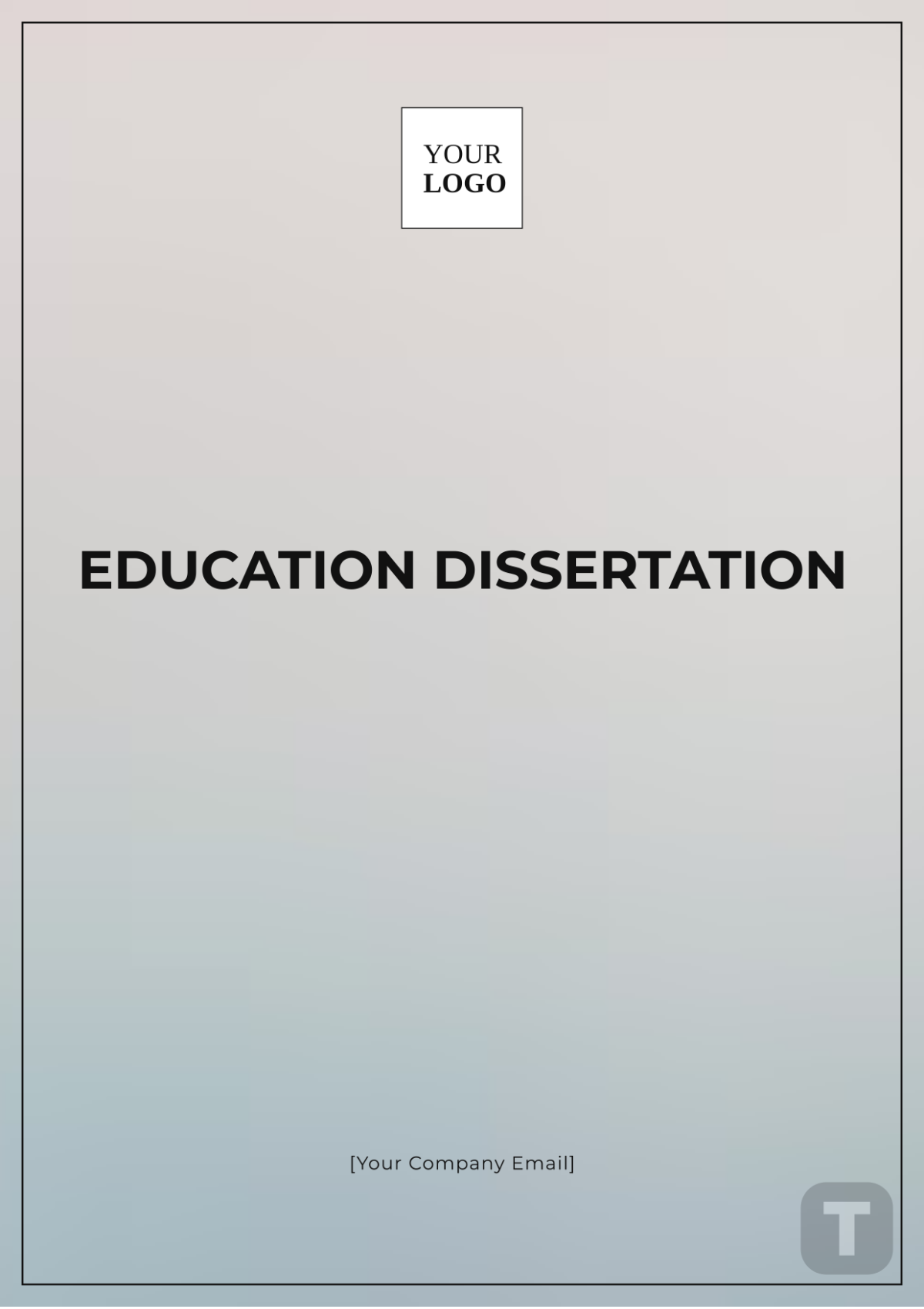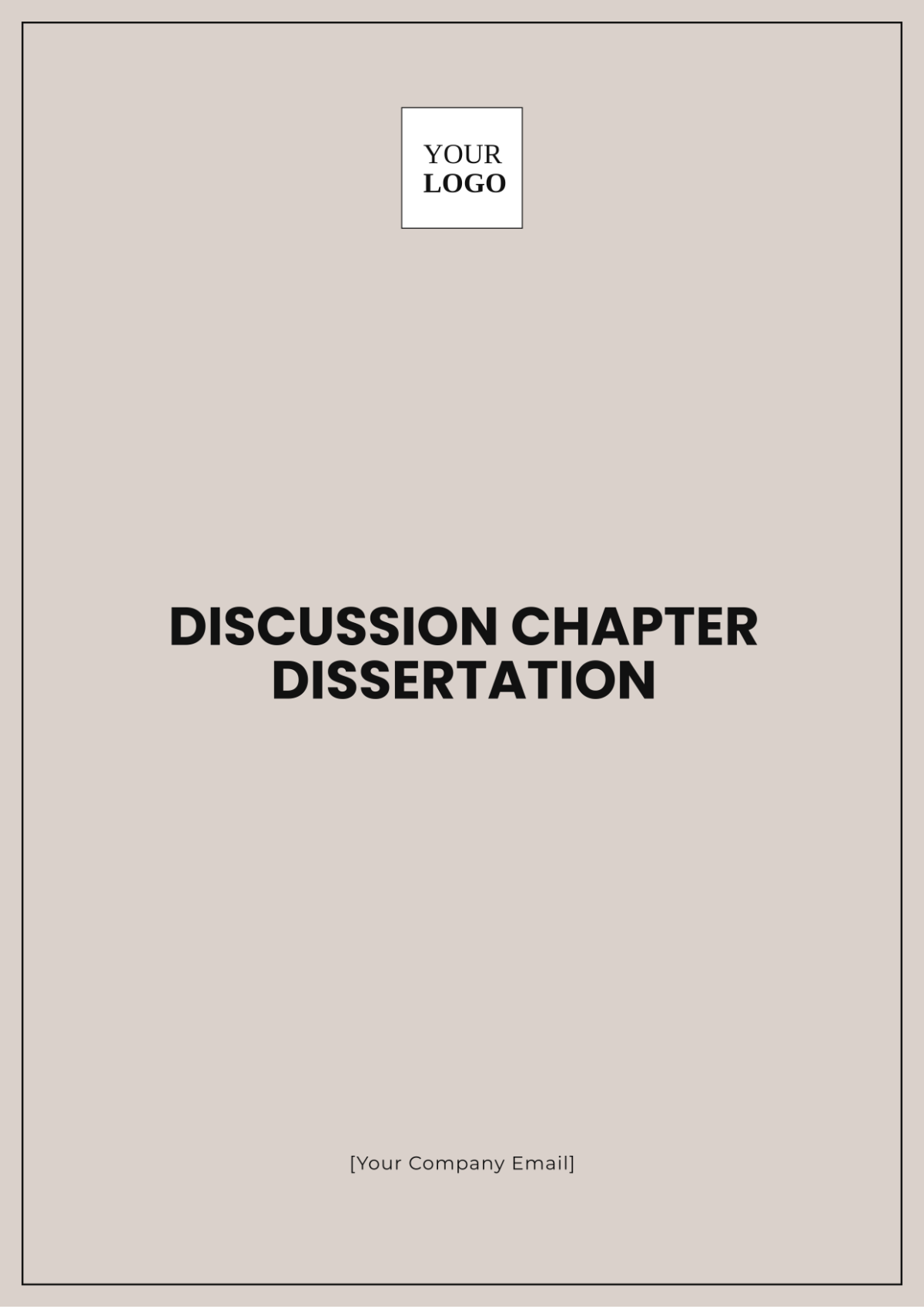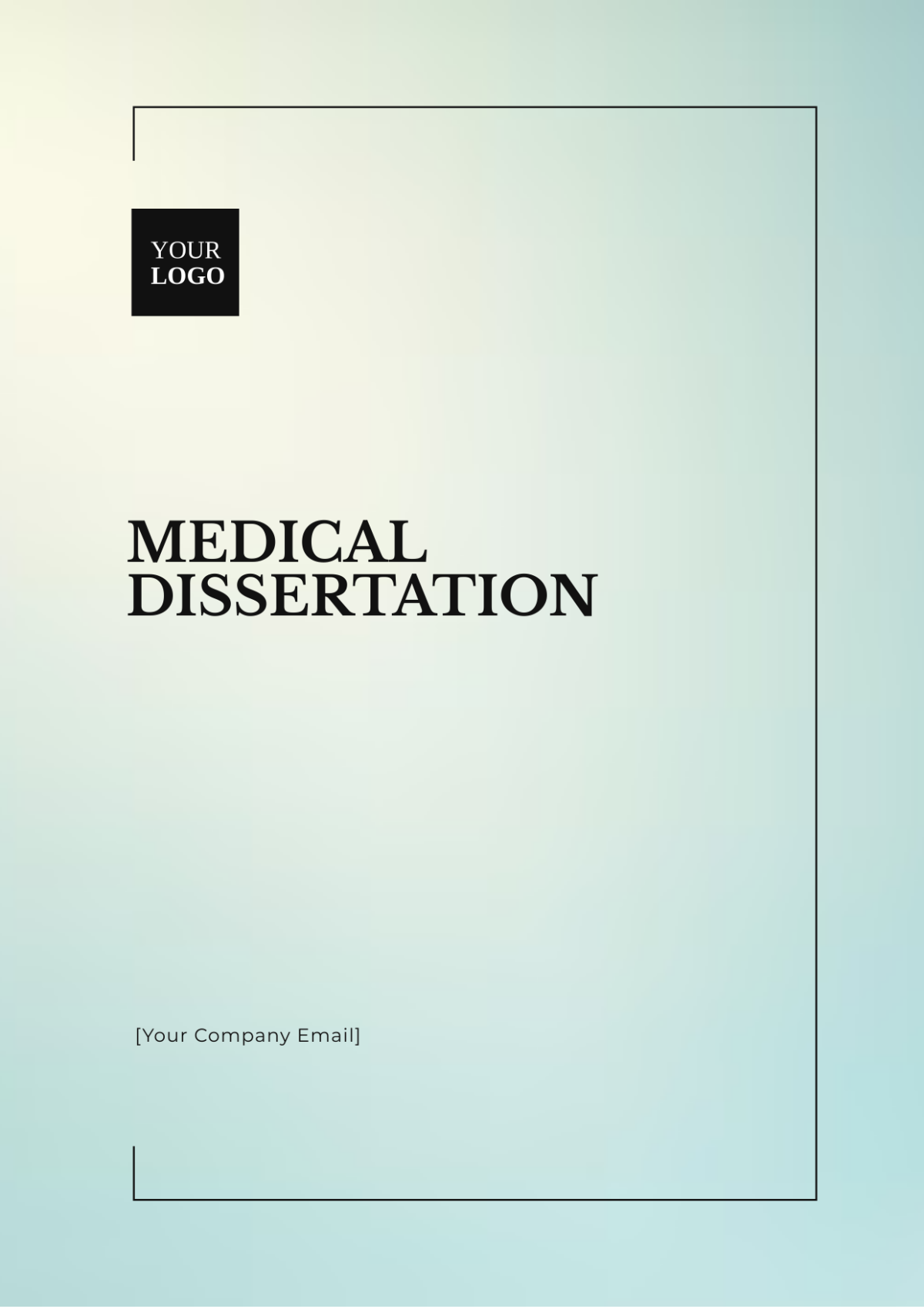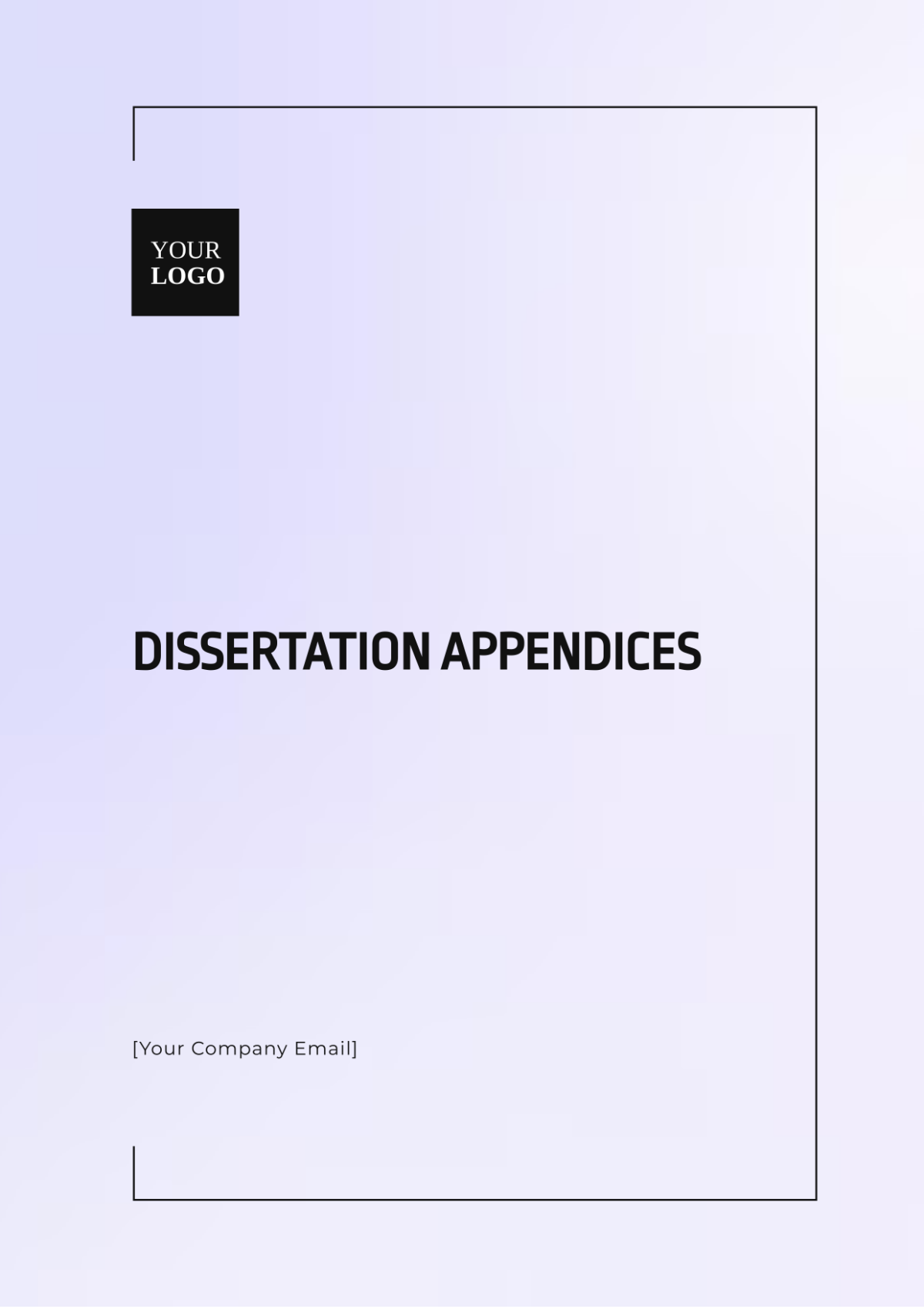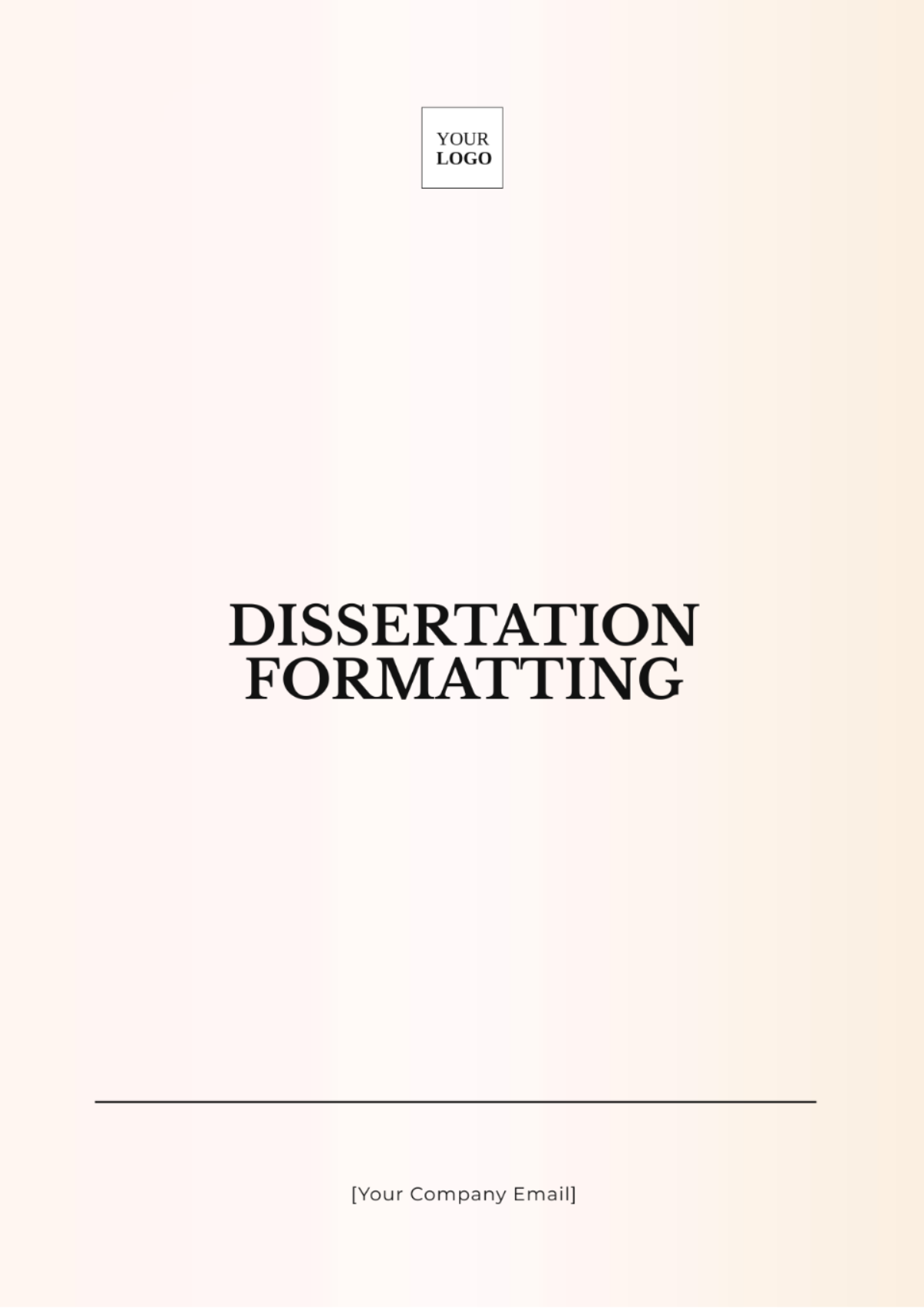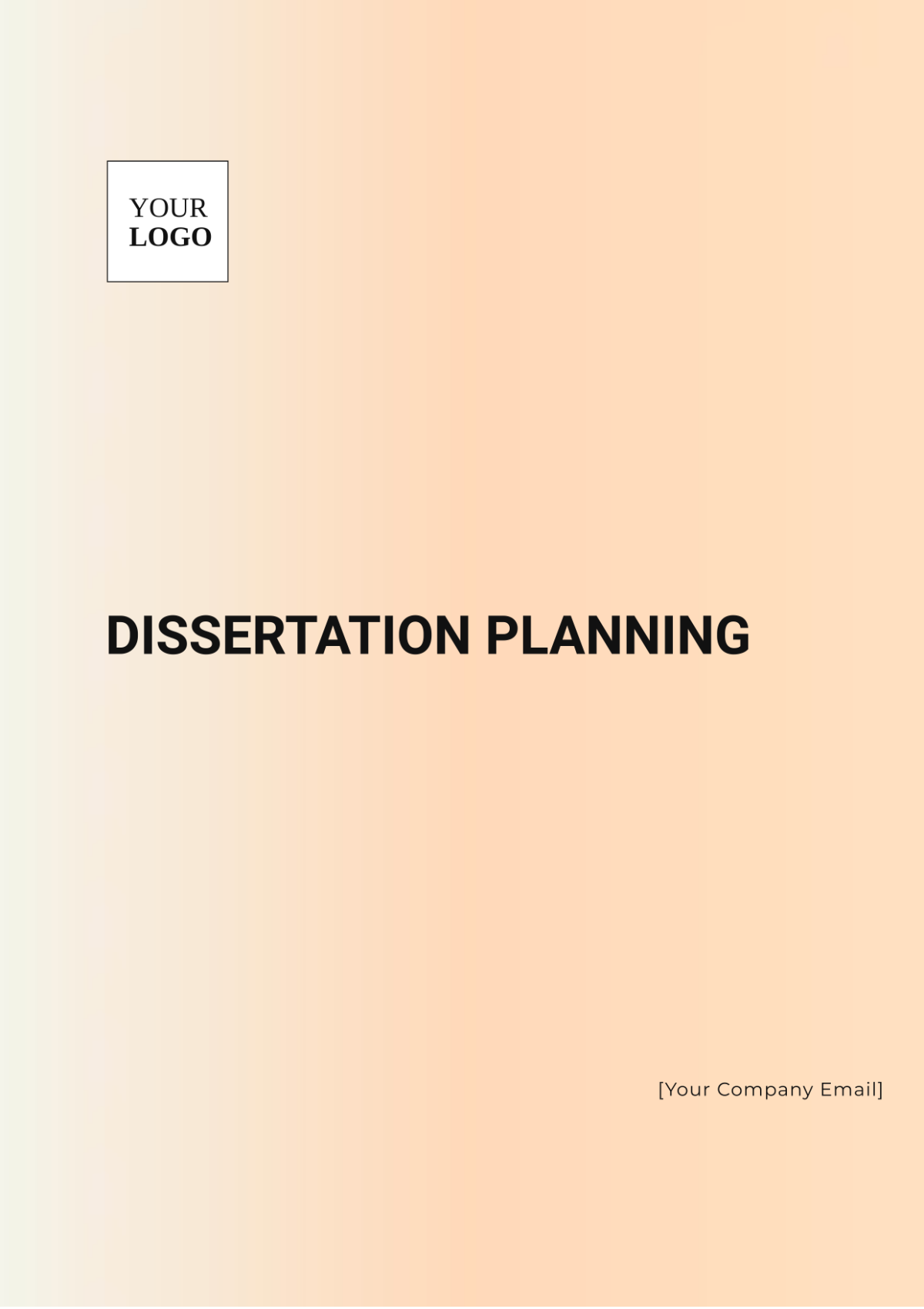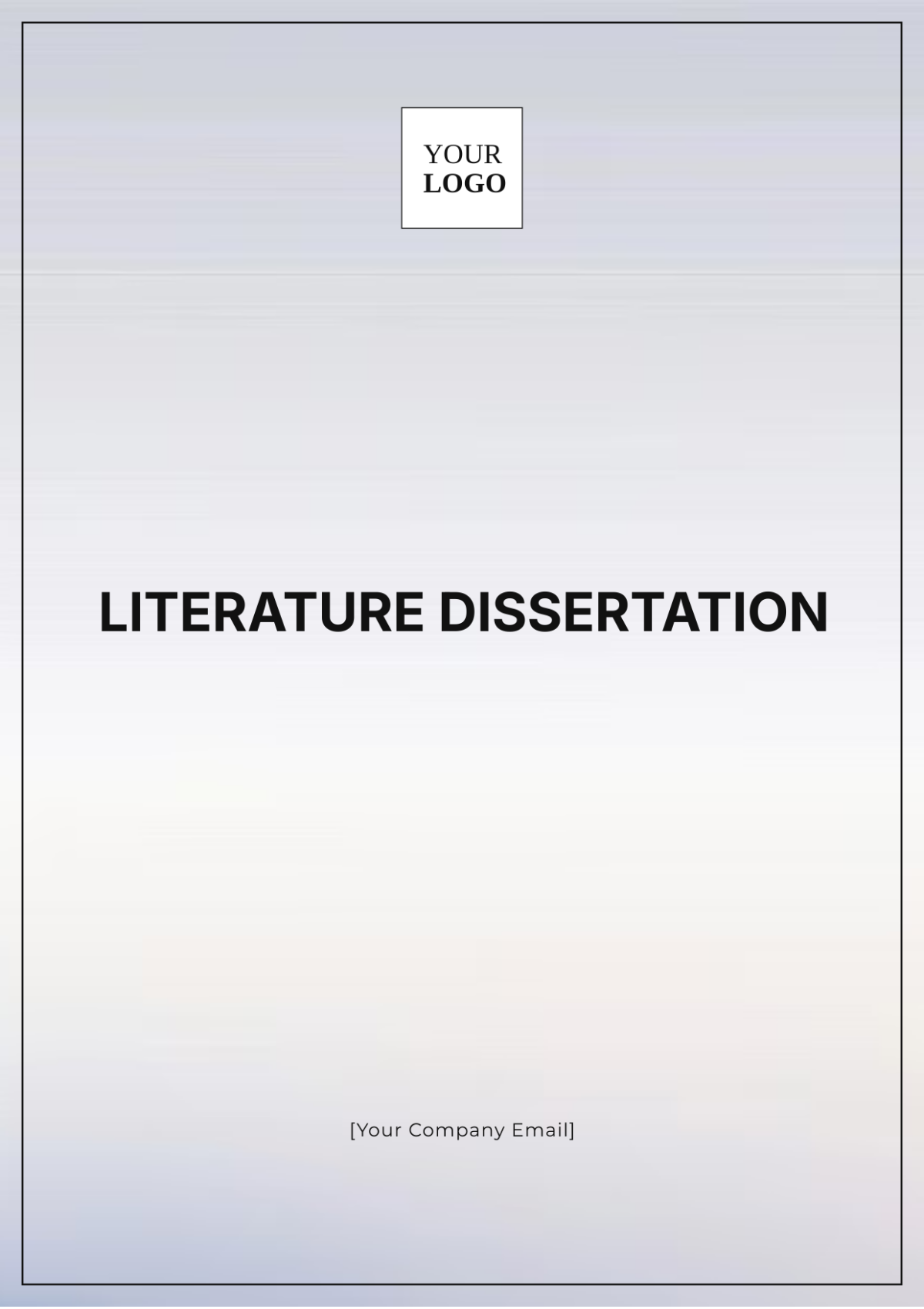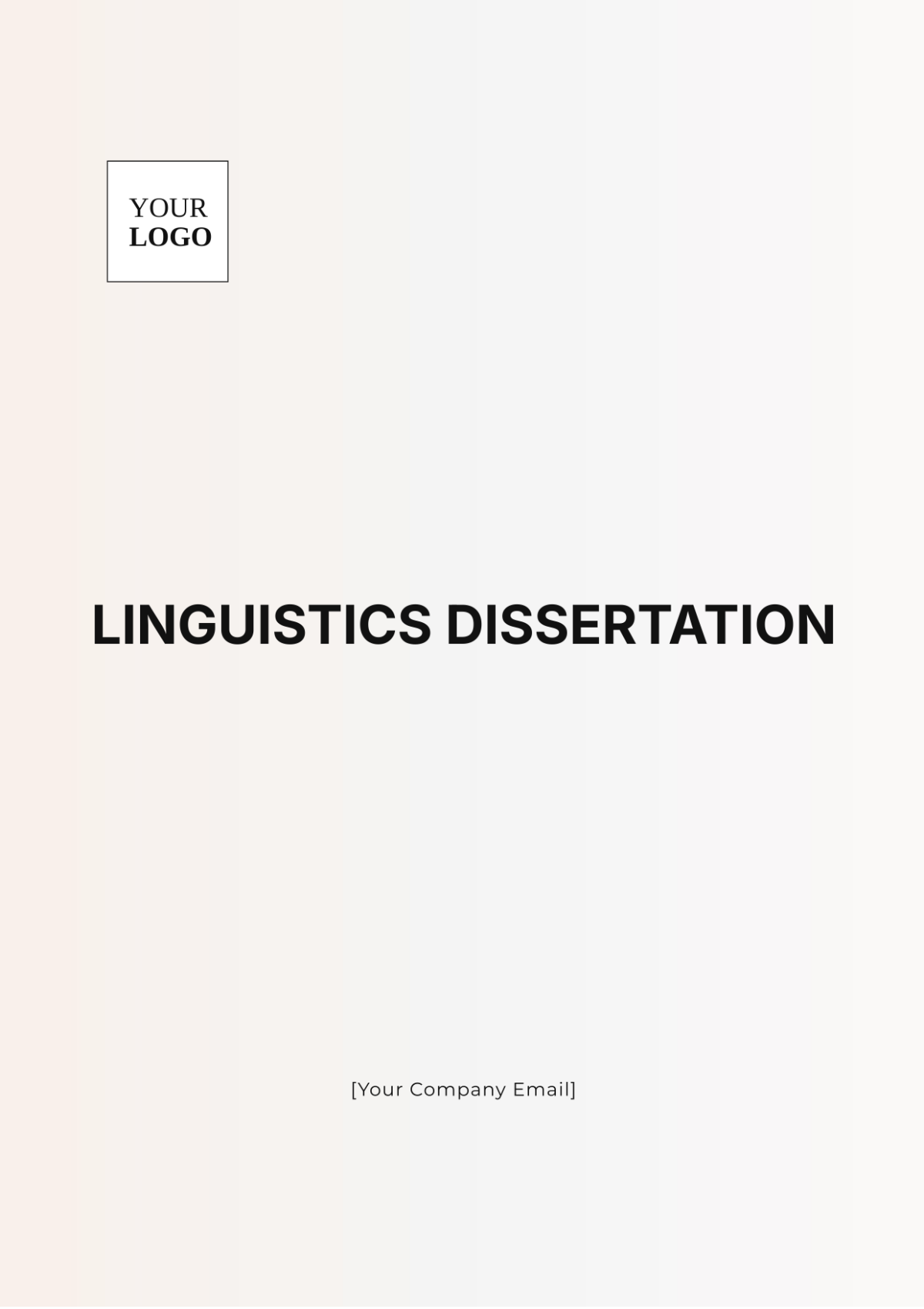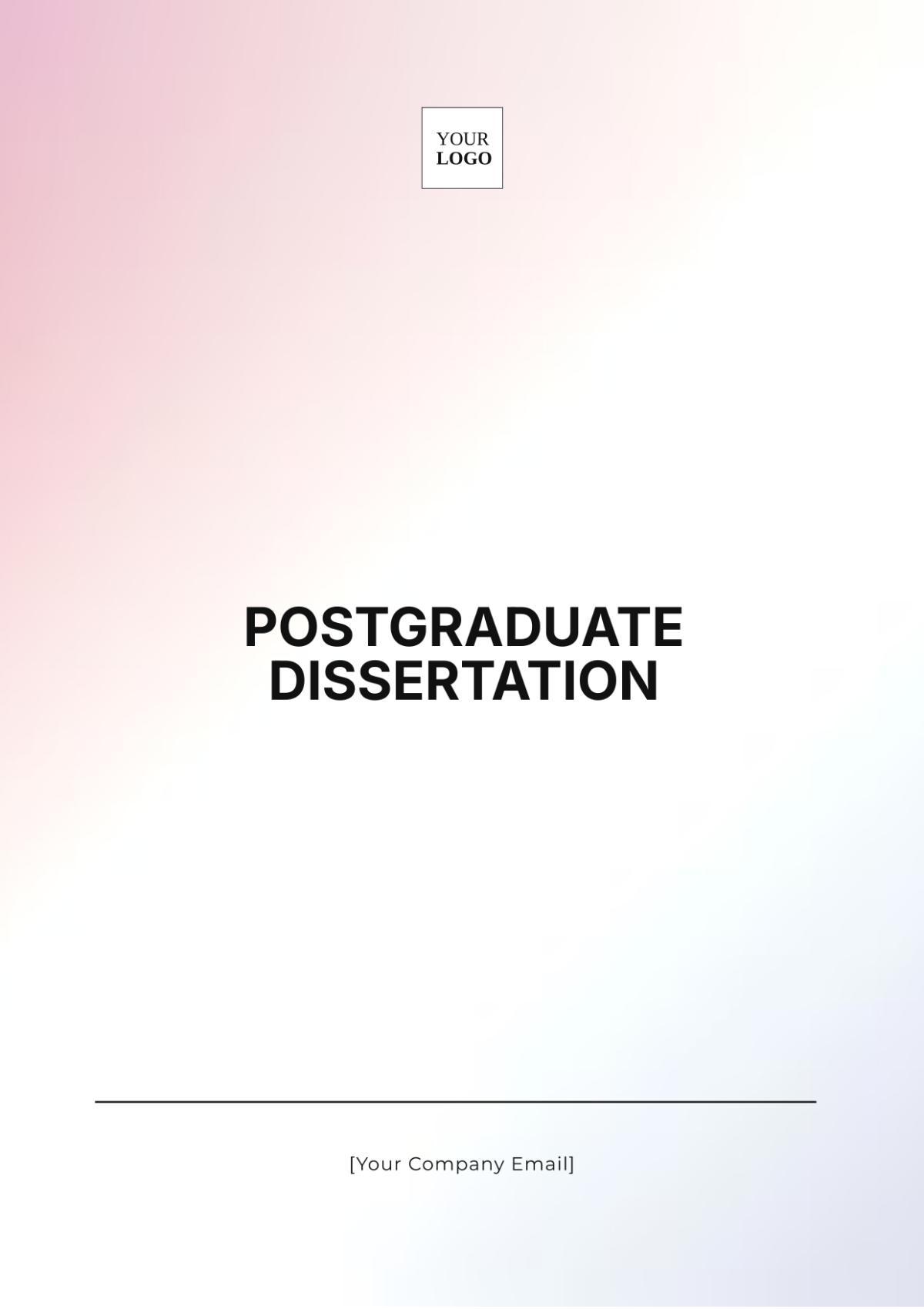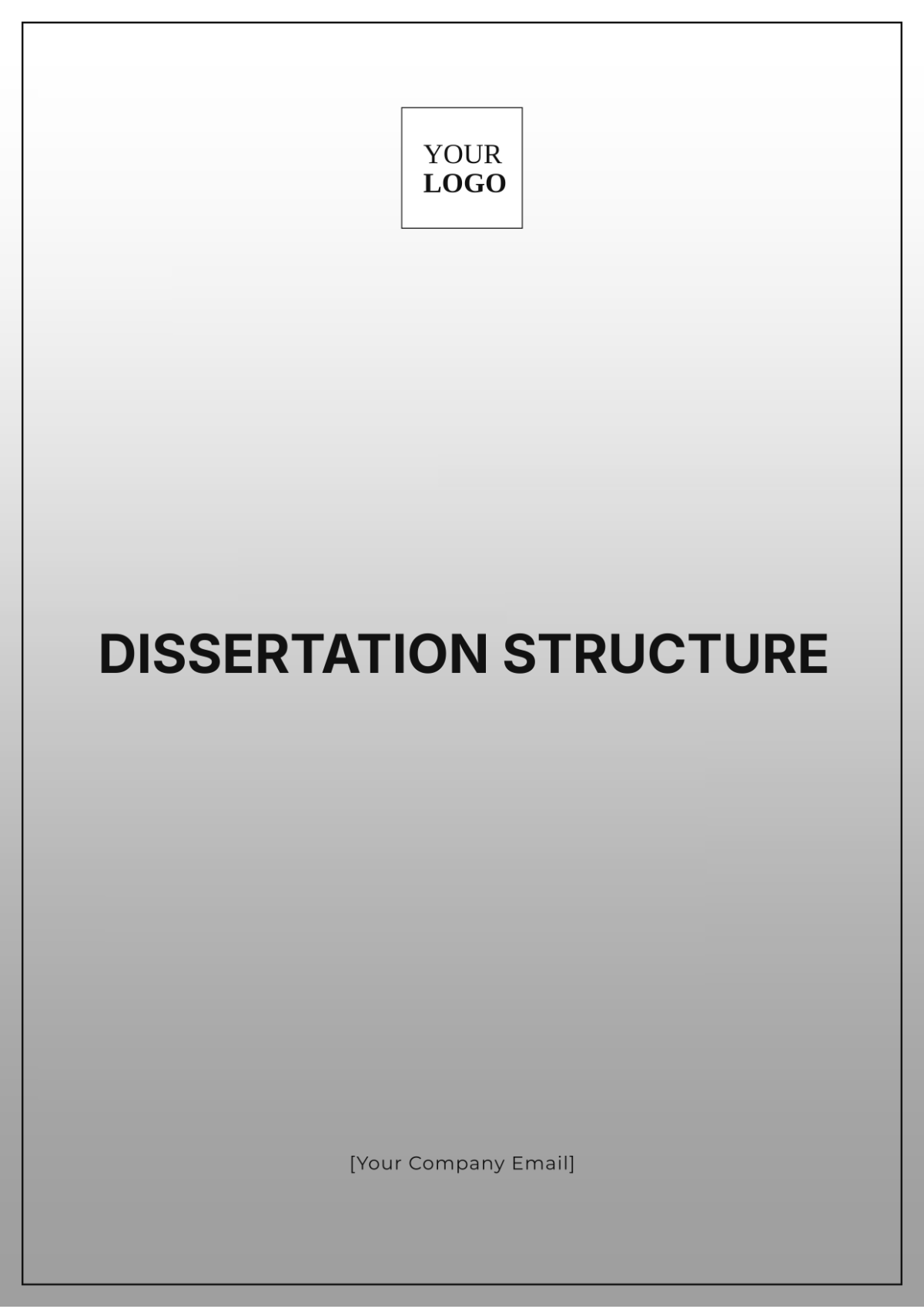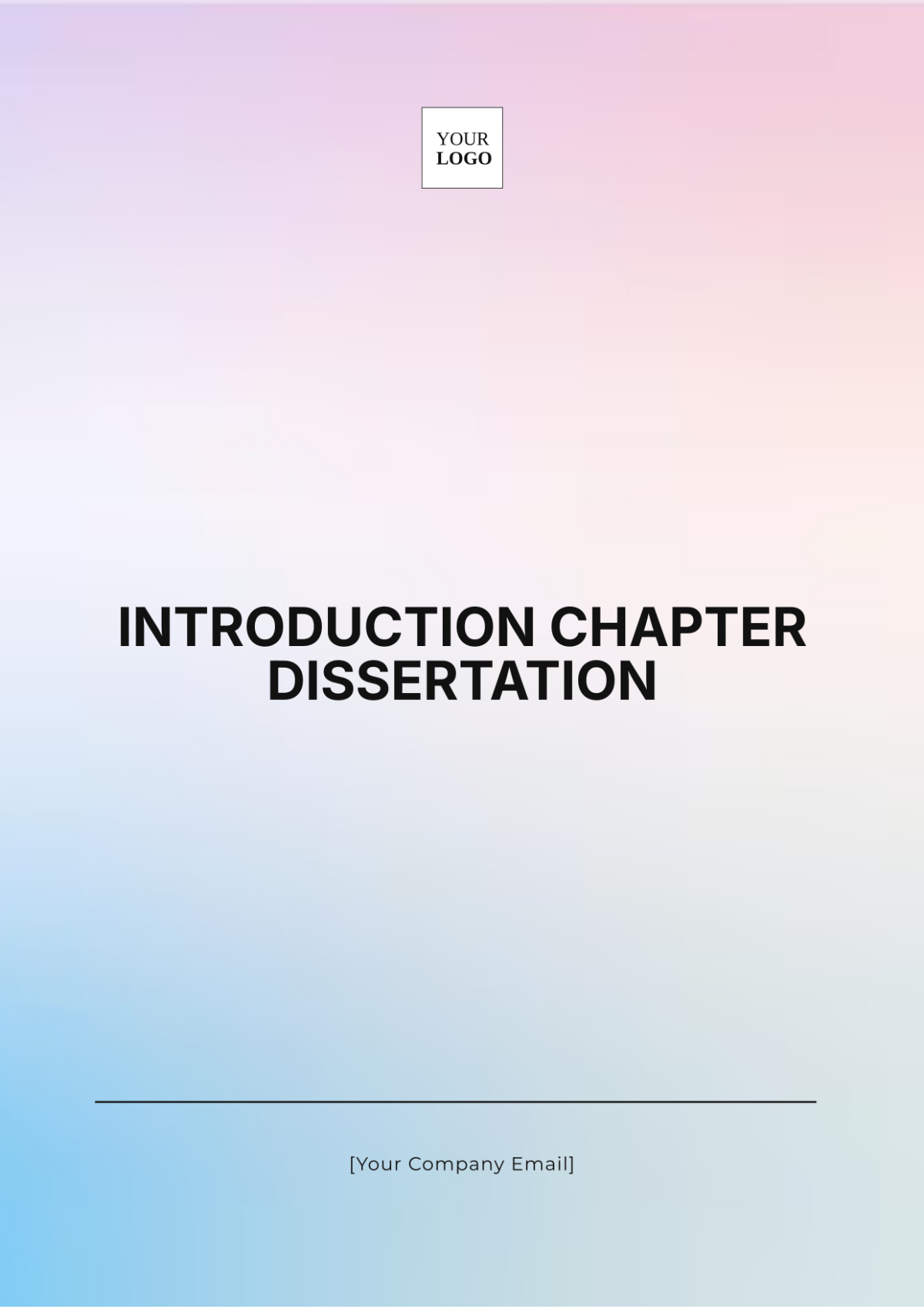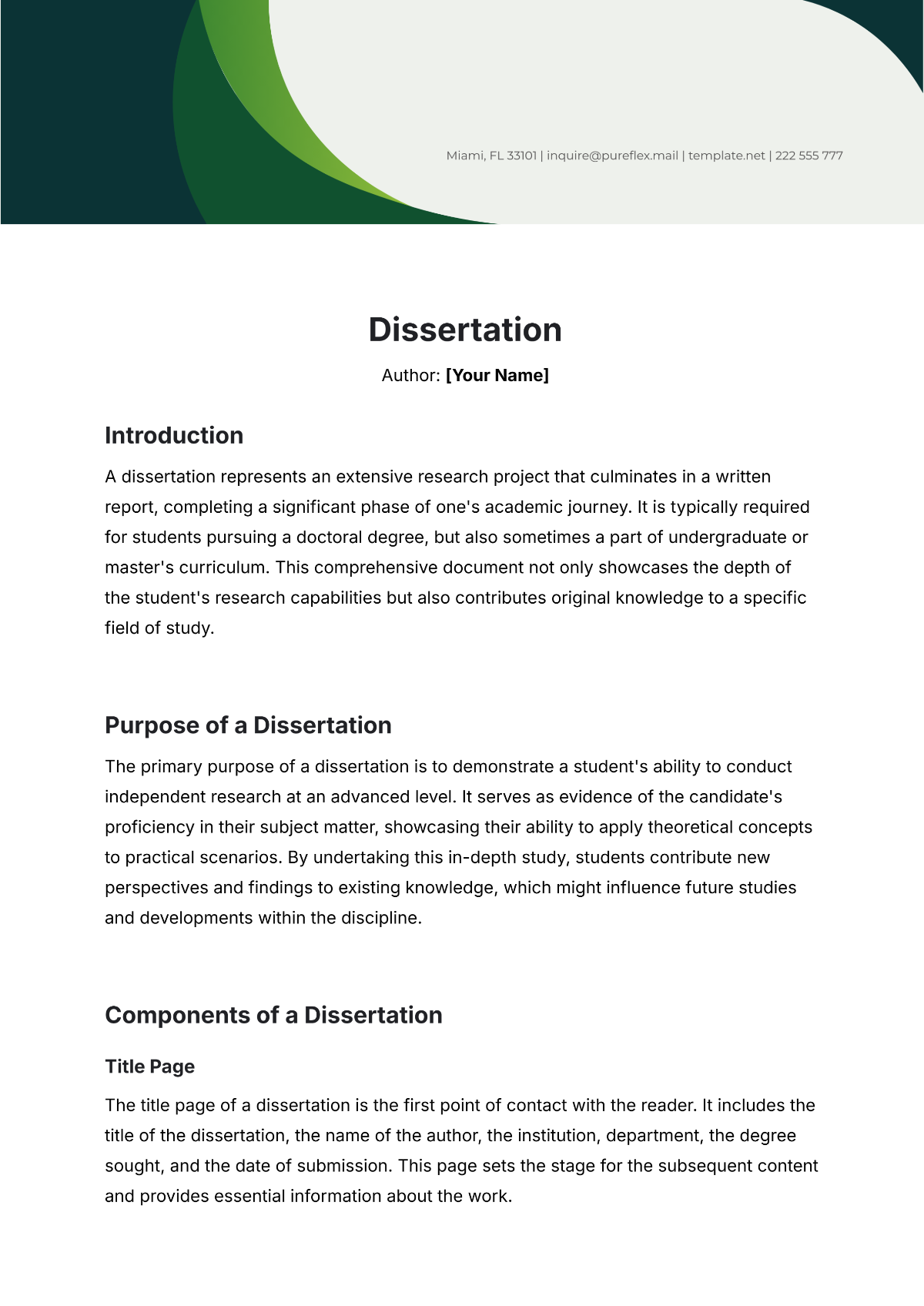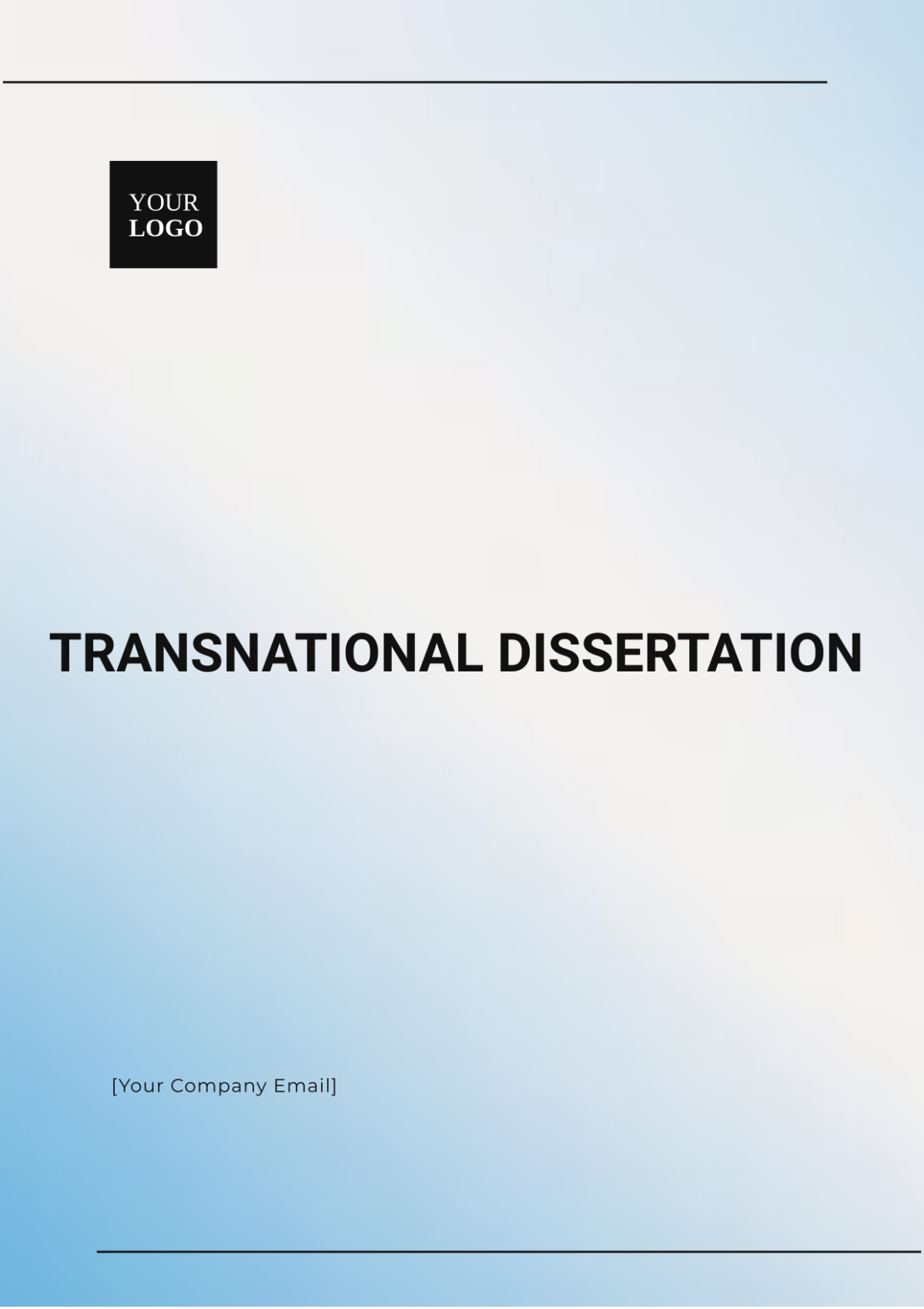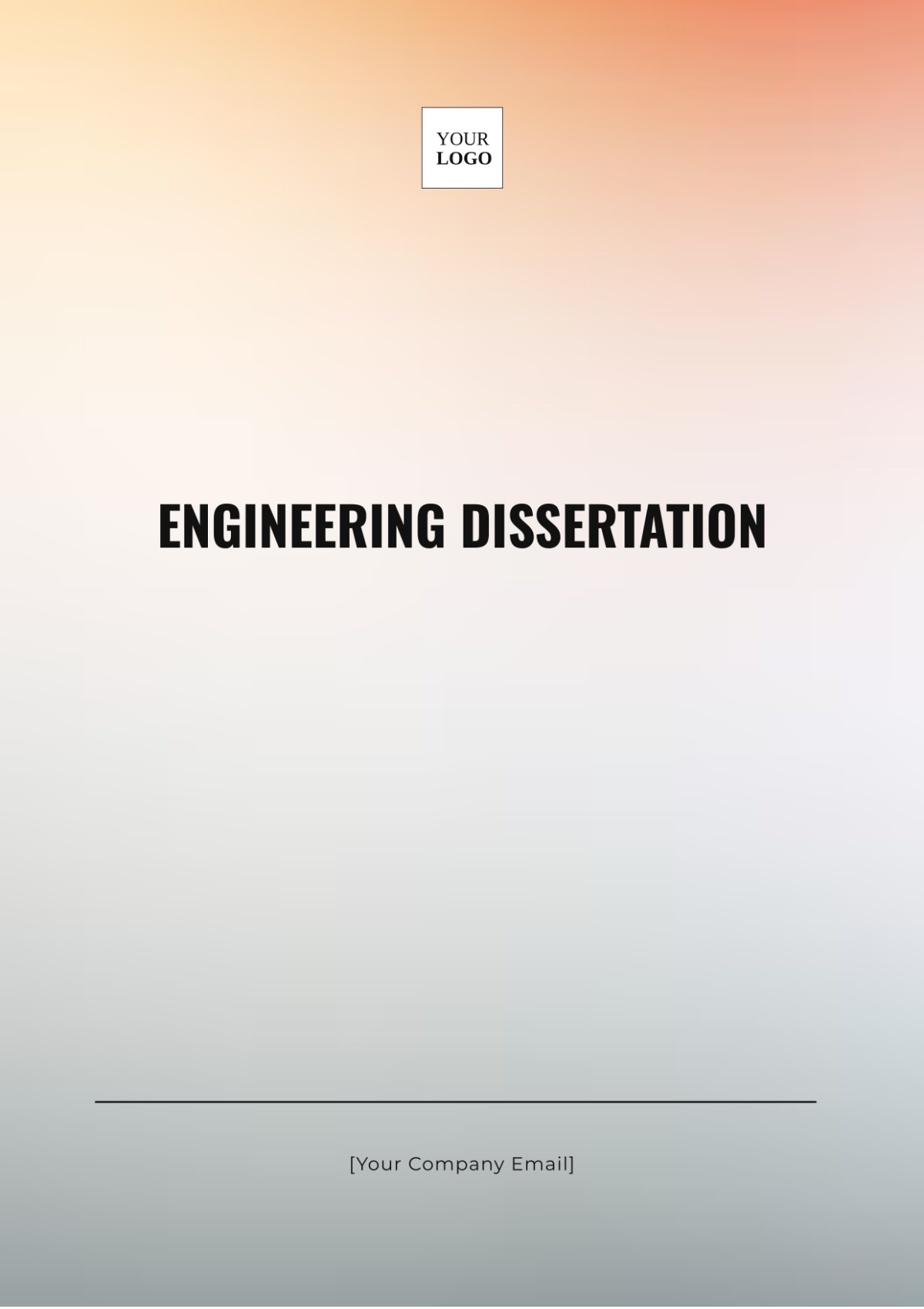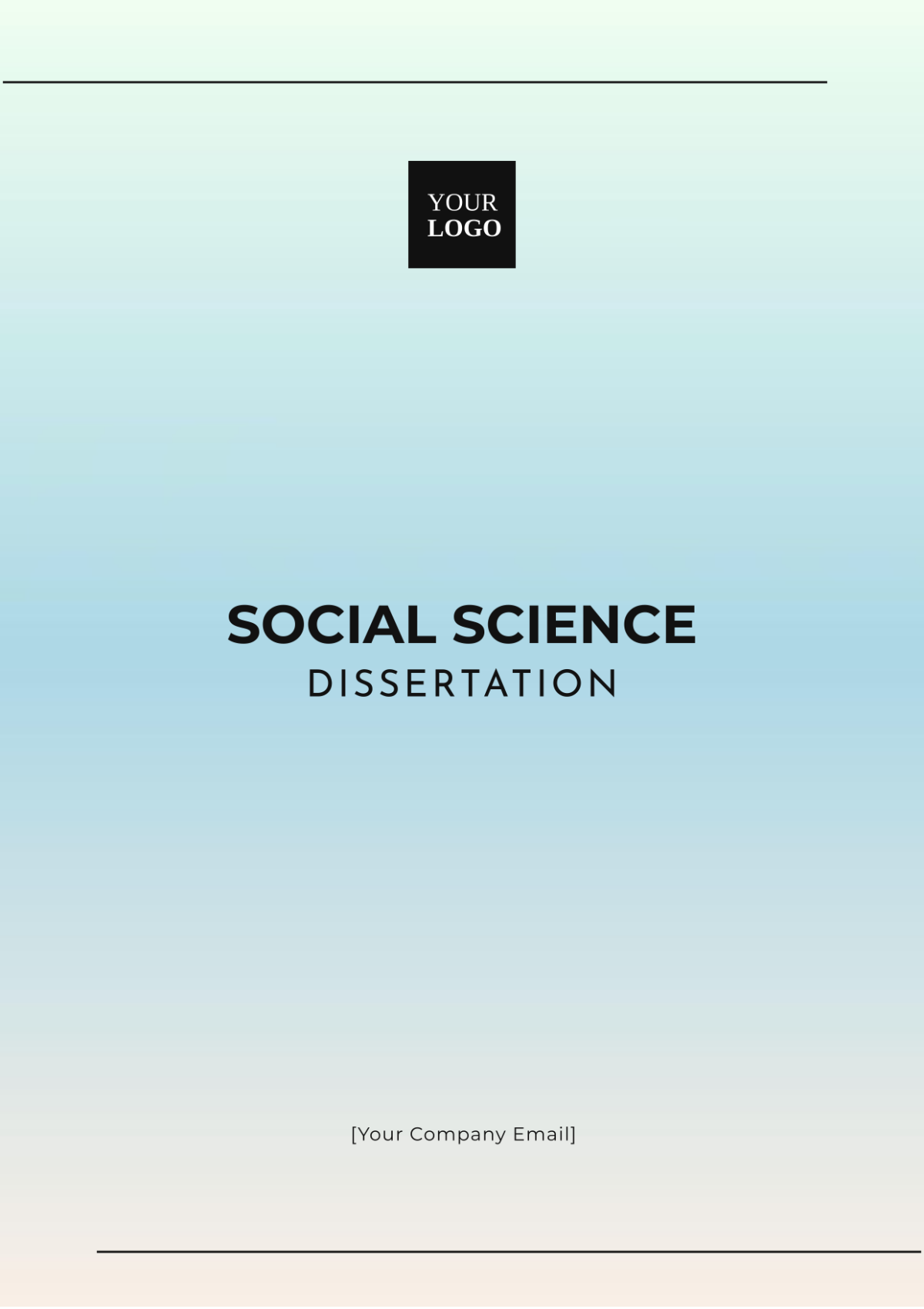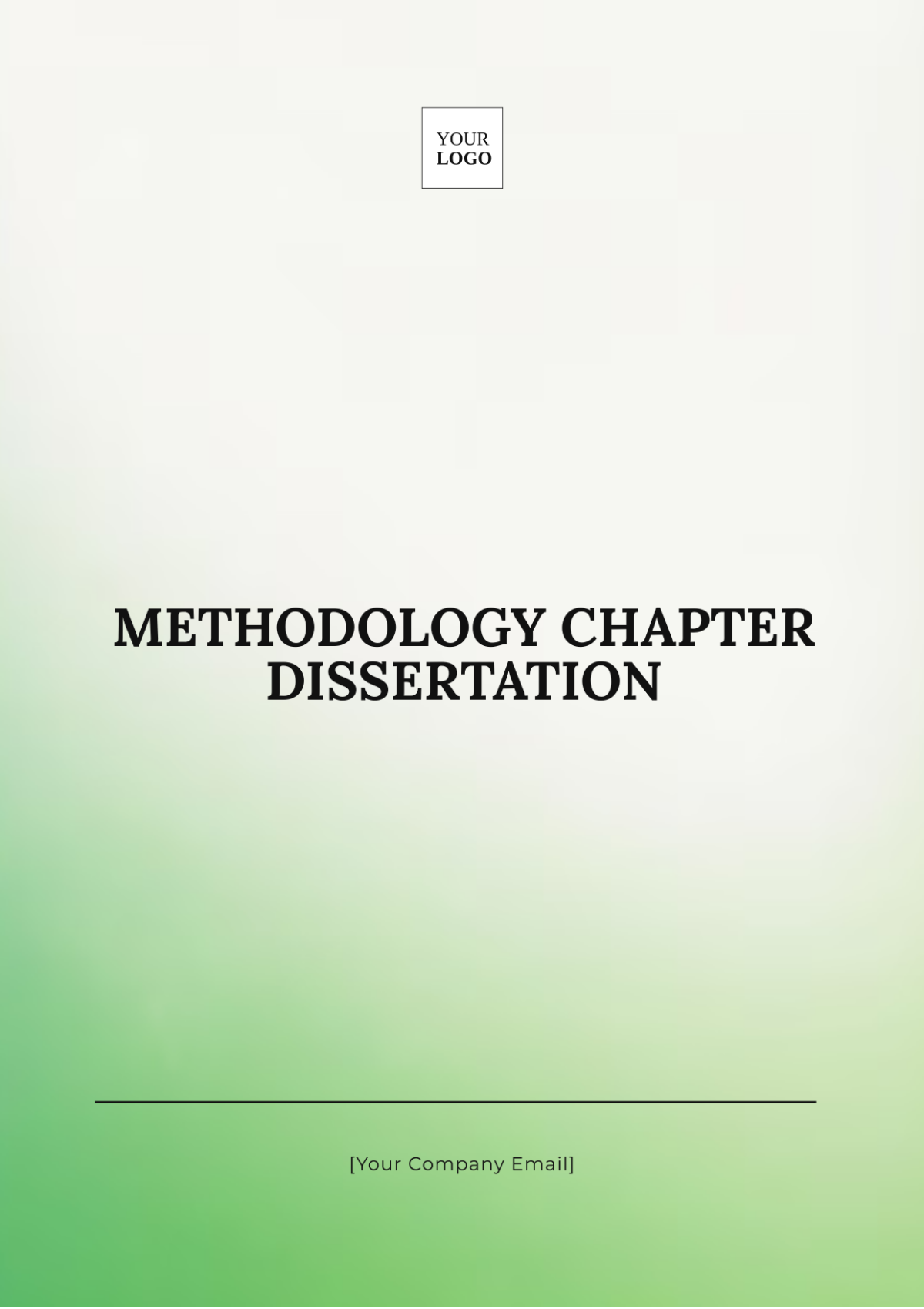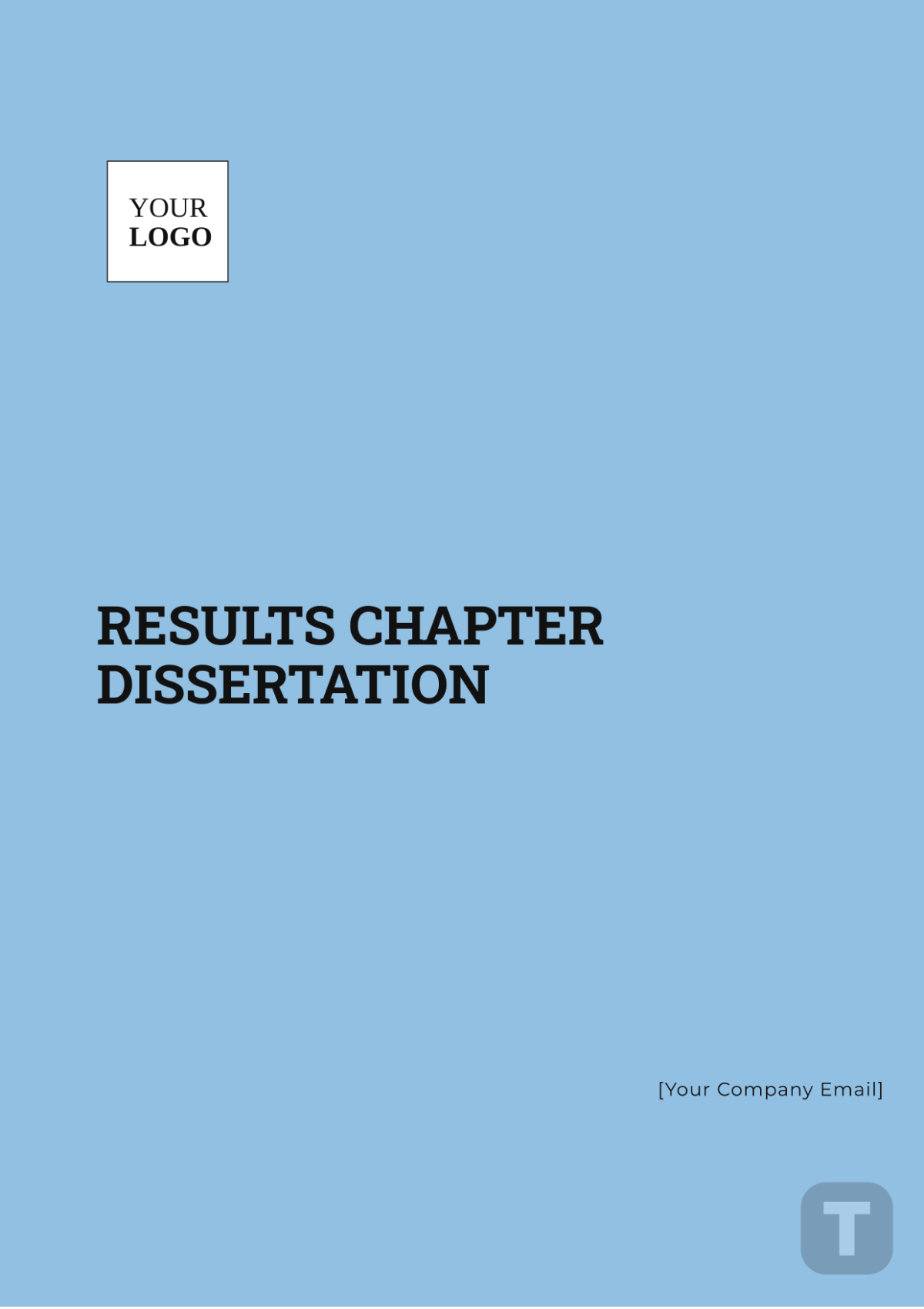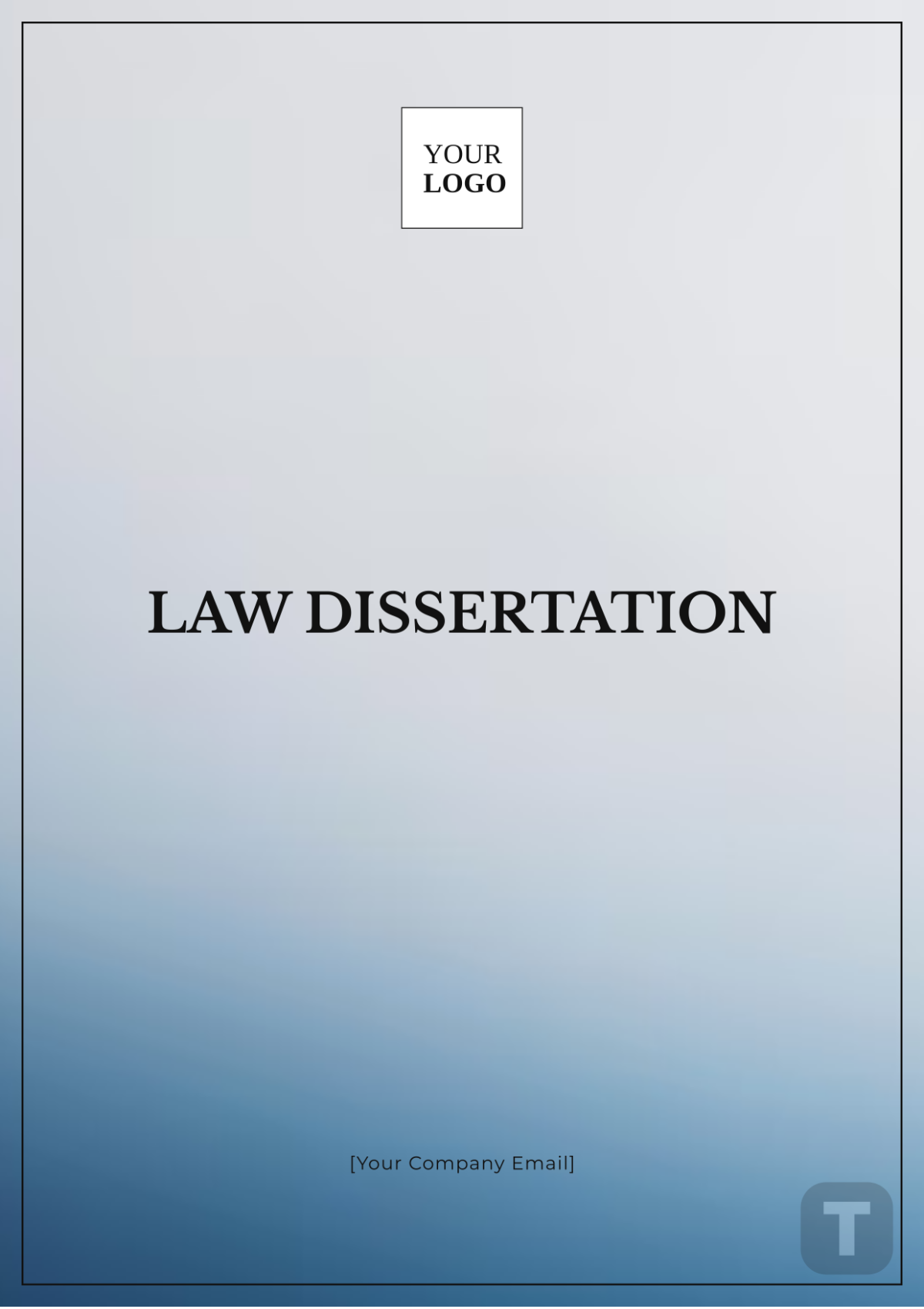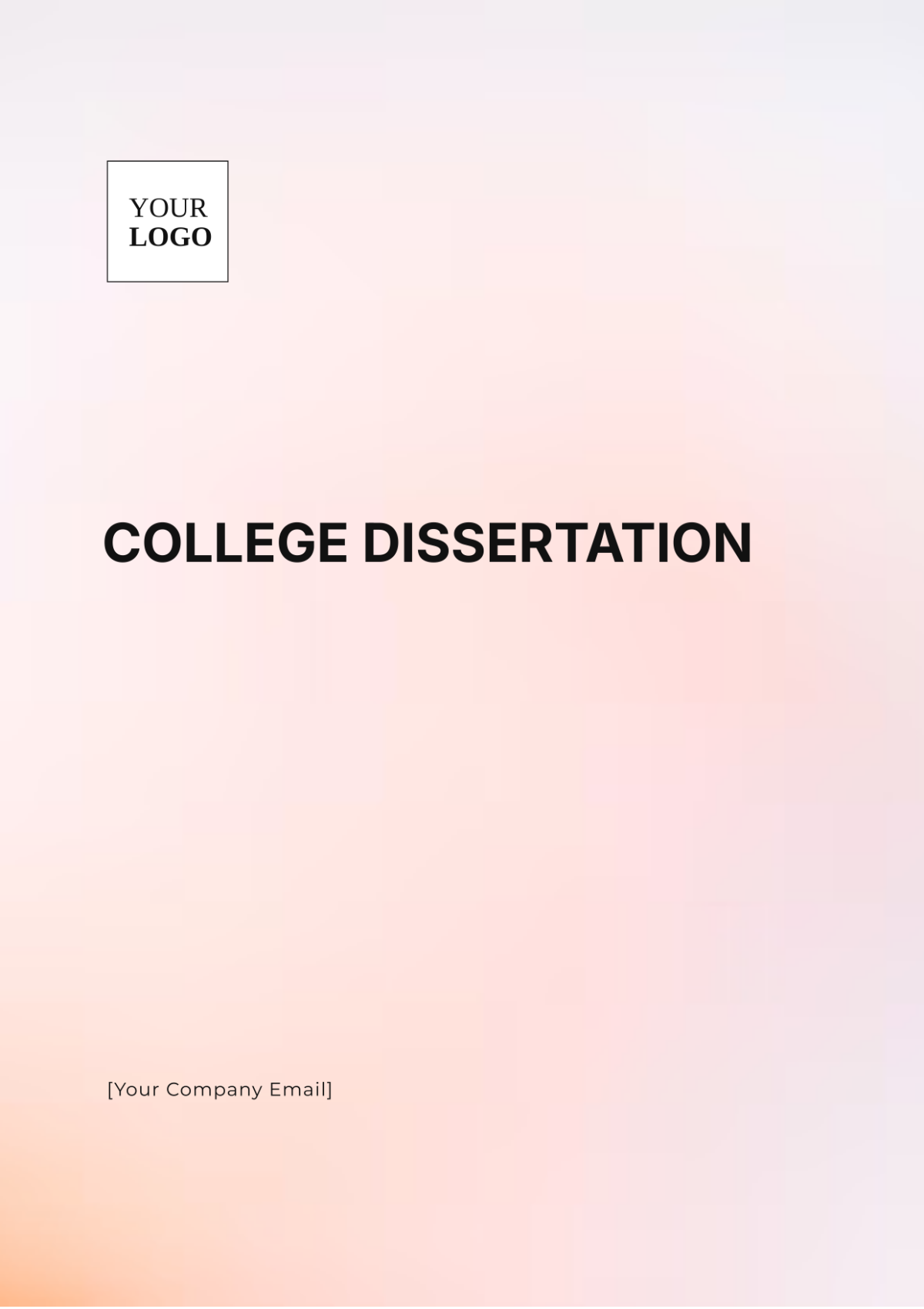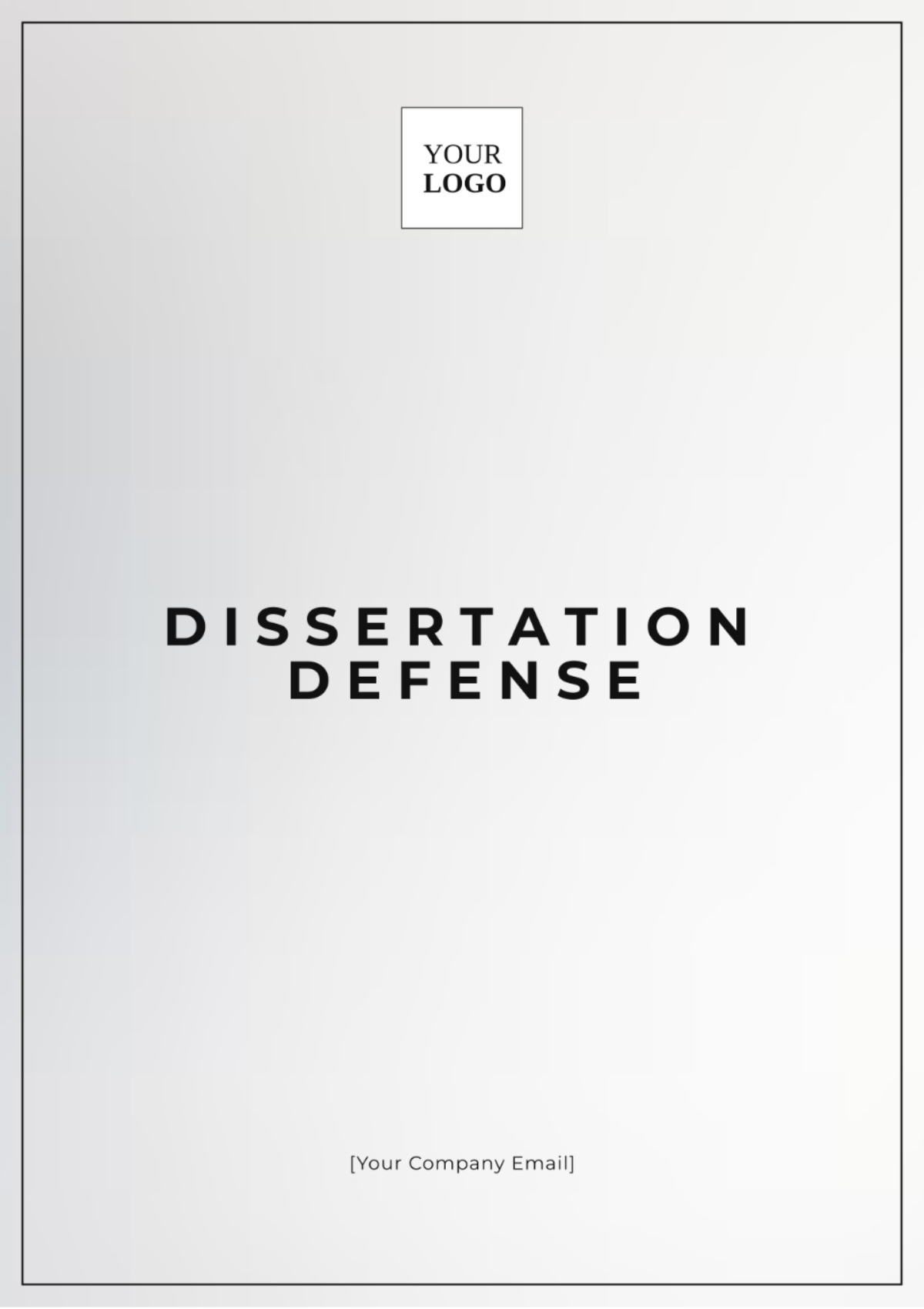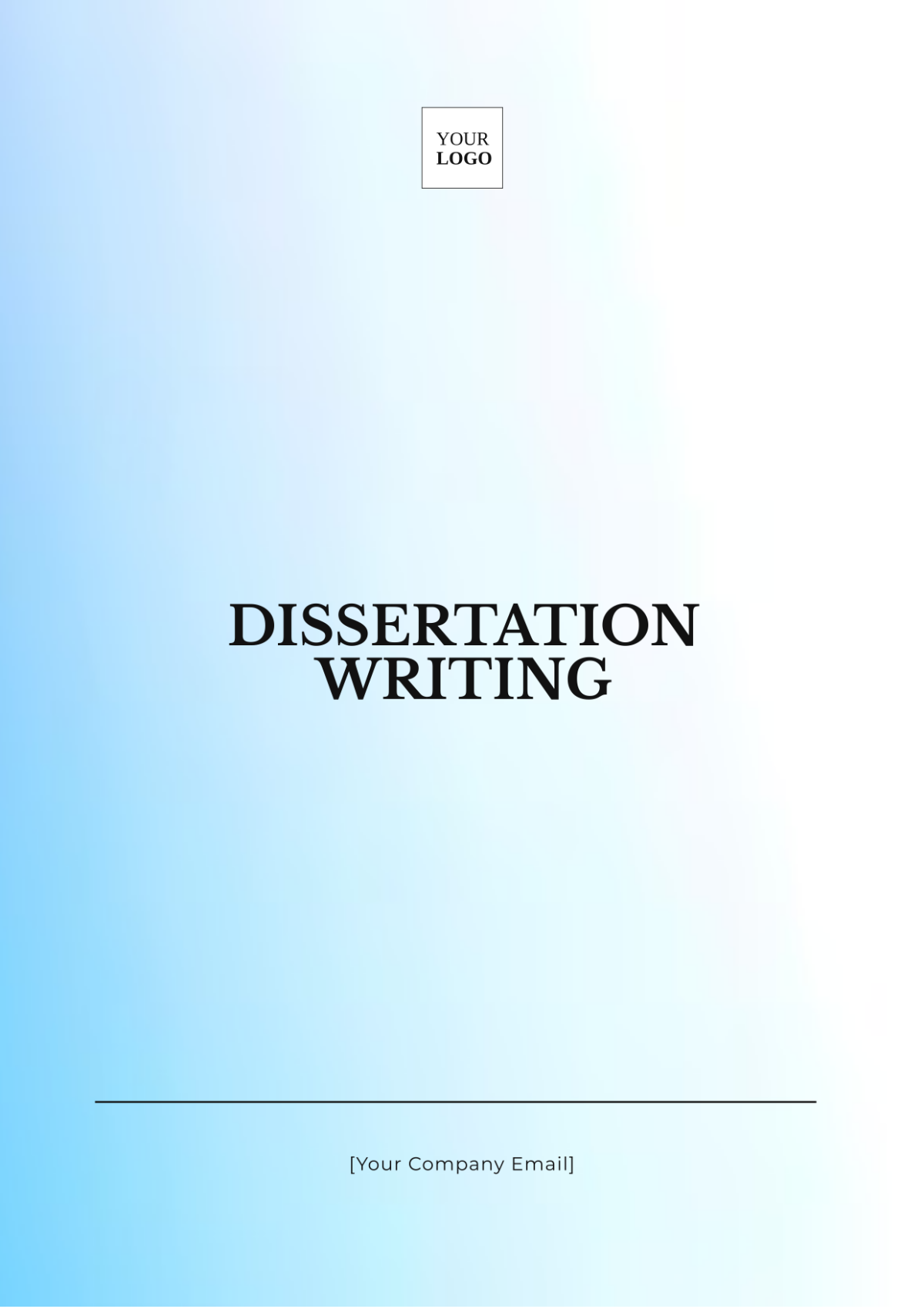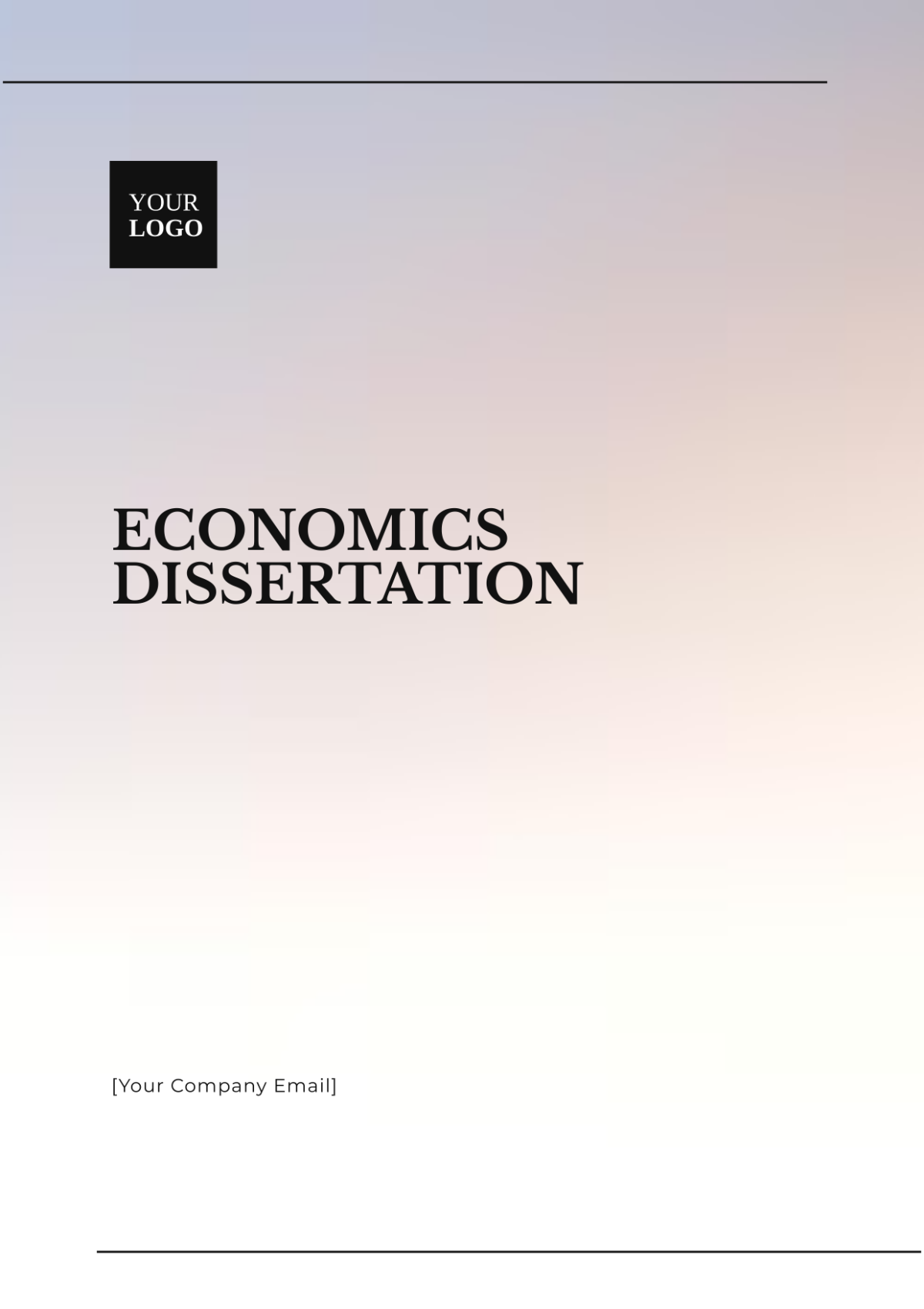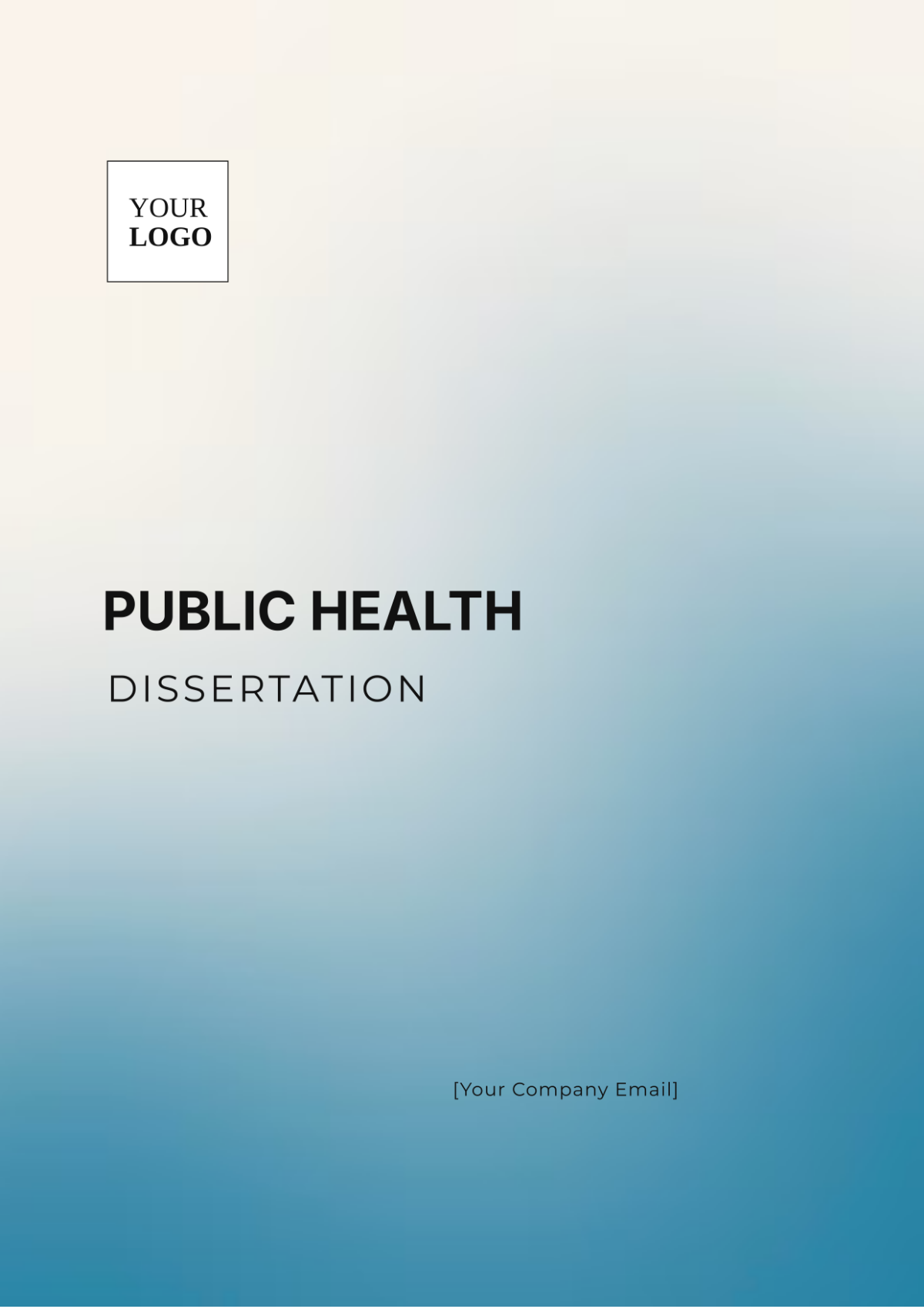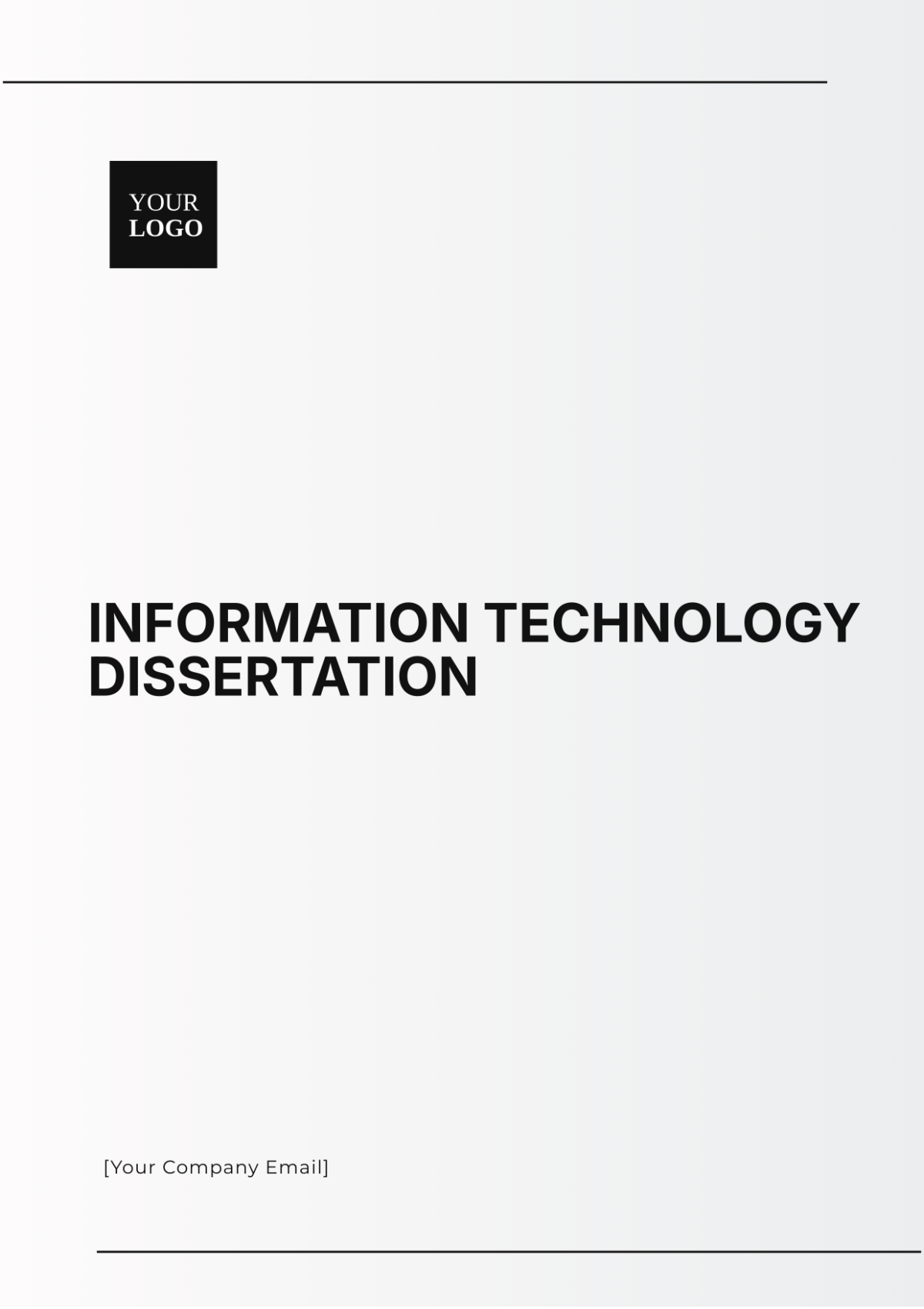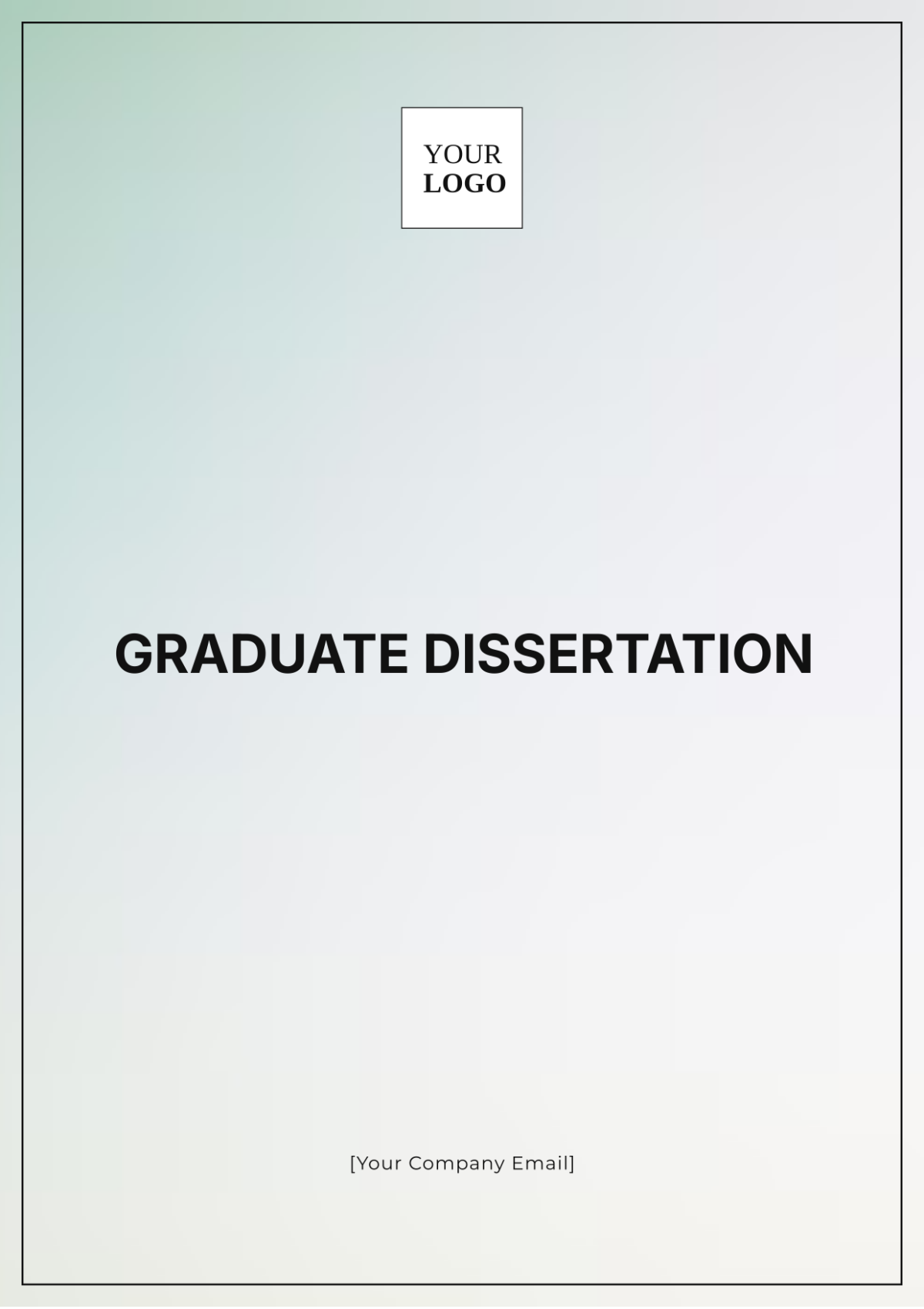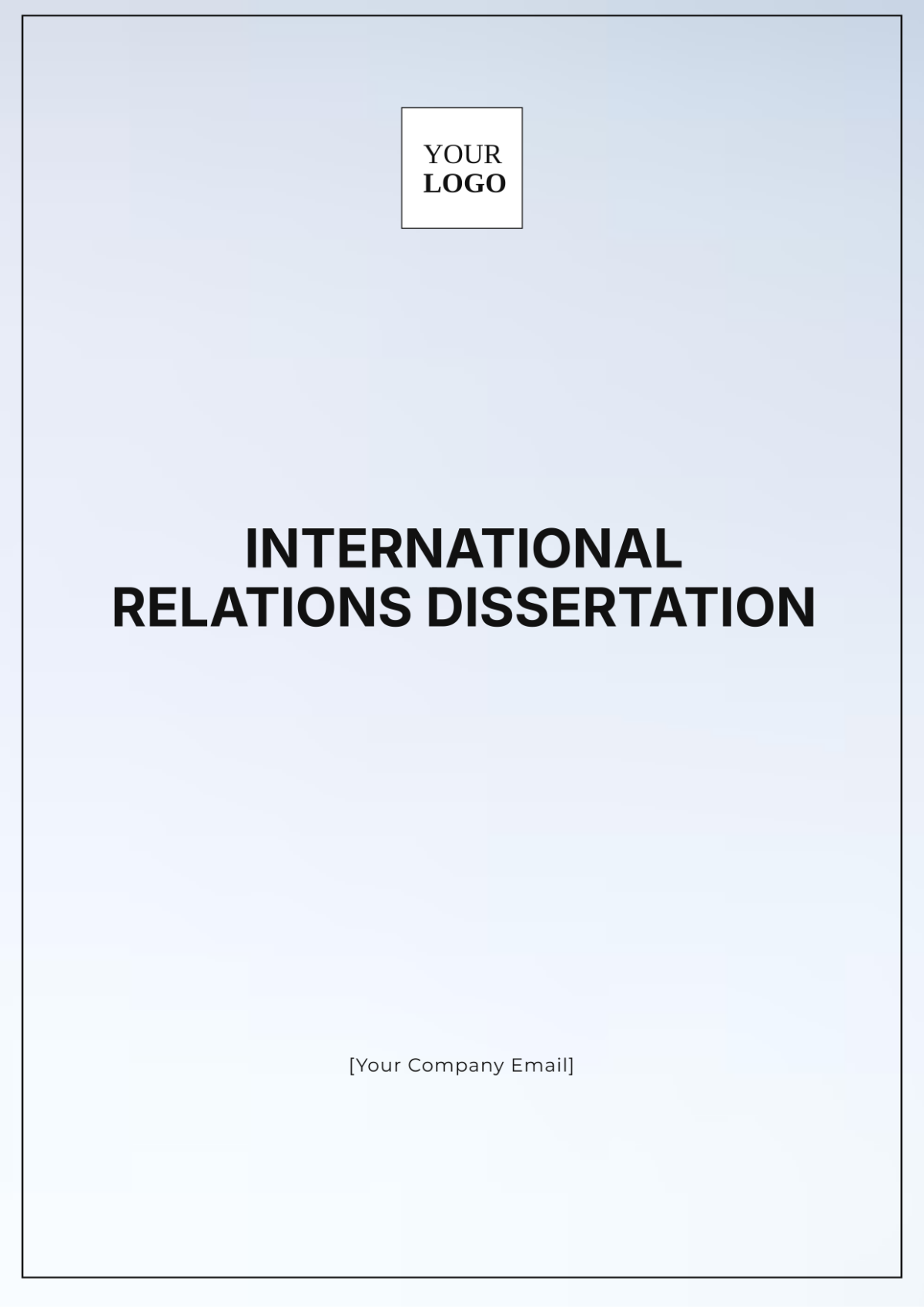Dissertation Formatting
Title | Dissertation Formatting |
Author | [YOUR NAME] |
Date | [DATE] |
I. Abstract
This dissertation examines the principles and practices of dissertation formatting. The research includes a comprehensive review of existing formatting guidelines, a detailed analysis of the importance of standardized formatting, and an empirical study on the common challenges faced by students in adhering to these guidelines. The findings indicate that proper formatting significantly affects the readability and professional presentation of academic work, and the study provides practical recommendations for students and academic institutions.
II. Introduction
The purpose of this dissertation is to explore the role of formatting in academic dissertations. The research problem addressed is the lack of consistent adherence to formatting guidelines among graduate students. Objectives include identifying common formatting errors, analyzing their impact, and providing solutions. This study is significant as it underscores the importance of formatting in enhancing the readability and professionalism of academic work.
III. Literature Review
A. Existing Research
Previous studies have highlighted the challenges faced by students in adhering to dissertation formatting guidelines. Key findings from these studies indicate that:
Limited Awareness of Guidelines: Many students are unaware of specific formatting requirements due to inadequate orientation or guidance, leading to confusion about compliance.
Accessibility Issues with Resources: Students often find it difficult to access reliable and detailed formatting resources, which hinders their ability to adhere to guidelines.
Time Constraints: Time pressures during the final stages of dissertation writing leave students with insufficient time for formatting, leading to rushed and inconsistent results.
B. Theoretical Framework
This study is based on the theory of cognitive load, which suggests that the complexity of formatting tasks can overwhelm students, thereby affecting their overall academic performance. The framework also integrates principles from educational psychology, emphasizing the need for clear and accessible formatting guidelines.
IV. Methodology
A. Research Design
This research employs a mixed-method approach, combining quantitative surveys to identify patterns and qualitative interviews to explore participant experiences, resulting in more robust and comprehensive findings.
B. Participants
The research study includes participation from graduate students spanning a wide range of academic fields and specializations. In total, 150 students contributed to the survey component of the study, and an additional subset of 20 students took part in more comprehensive, in-depth interviews.
C. Data Collection
Data was collected using online surveys and semi-structured interviews. The survey included questions on common formatting challenges and their impact, while the interviews provided deeper insights into personal experiences with dissertation formatting.
V. Results
The quantitative data revealed that 85% of students found formatting guidelines challenging to comprehend. Common errors identified included:
Incorrect Title Page Formatting (70%): Many students struggled with adhering to the specific requirements for title page layout.
Inconsistent Heading Styles (65%): A significant number of students failed to apply uniform heading styles throughout their dissertations.
Improper Citation Formats (55%): Errors in citation formats were prevalent, reflecting difficulties in following the prescribed referencing standards.
Qualitative data further illuminated the emotional and cognitive stress associated with formatting tasks. Numerous students reported significant frustration and anxiety due to the ambiguity and complexity of the formatting guidelines.
VI. Discussion
The results indicate that the complexity of formatting guidelines contributes significantly to student stress and can detract from the quality of academic work. The study supports the hypothesis that improving the clarity and accessibility of formatting guidelines can enhance student performance and reduce errors. Additionally, providing practical resources and training can alleviate the cognitive load associated with these tasks.
VII. Conclusion
In conclusion, this dissertation emphasizes the importance of proper dissertation formatting. The findings suggest that clear, accessible guidelines and practical support can significantly improve the quality and presentation of academic work. Future research should focus on developing standardized formatting resources that are easy for students to understand and apply.
VIII. References
Doe, J. (2051). The Impact of Formatting on Academic Performance. Journal of Academic Writing, 15(3), 45-60.
Smith, R. (2059). Cognitive Load and Formatting Challenges in Higher Education. Educational Psychology Review, 28(2), 123-140.
A. Appendix A: Survey Questionnaire
1. How familiar are you with your institution's dissertation formatting guidelines? (Very familiar, Somewhat familiar, Not familiar)
2. What are the most challenging aspects of formatting your dissertation?
3. How much time do you spend on formatting tasks?
B. Appendix B: Interview Transcripts
Interview with Participant 1 [DATE]
